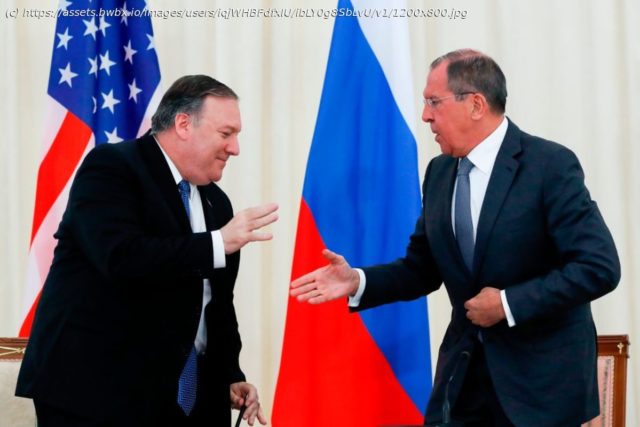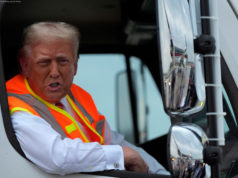If one party isn’t abiding by an arms-control agreement, the other is justified in walking away.
President Donald Trump is preparing to exit his second arms-control treaty with Russia since taking the oath of office, and the opposition is already in high dudgeon. “This is insane,” tweeted former CIA director Michael Hayden. “Another shortsighted Trump move to abandon a treaty that includes many close allies,” tweeted Samantha Power, former ambassador to the United Nations.
But Trump’s decision is the right one — both in the details and on principle.
The deal in question is the Open Skies treaty, signed in 1992, which allows U. S. and Russian spy planes to fly over military installations and weapons facilities. The aim is to give the 35 nations that are now members confidence that their adversaries are keeping their arms-control commitments.
In theory, it’s a good idea. Overhead surveillance is one way to verify more substantive arms control agreements with Russia. It also gives a baseline for military planners, providing a data set that shows what peacetime deployment looks like. The big flaw in the arrangement is that the one party that all the others must worry about — Russia — is a serial violator of international agreements.
Consider Moscow’s recent record. When Russian special operations units invaded Crimea and later Eastern Ukraine in 2014, President Vladimir Putin was violating a 1994 pledge to protect and respect the territorial integrity of Ukraine. The Ukrainians got these commitments in exchange for relinquishing the Soviet-era nuclear arsenal stationed on their territory.
The same pattern was repeated by Russia with regard to the Intermediate Range Nuclear Forces (INF) treaty.






